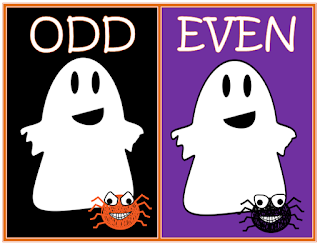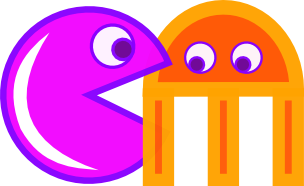DIVISIBILITY.
This unit is for a group of the 1st year of Maths, there are 20 students with different level.
We need 10 hours in tne 1st term , after POWERS AND ROOTS and before INTEGER NUMBERS.
Firstly, we have planned the objetives for our subject and for the foreign language.
LINK of the unit:
https://drive.google.com/open?id=1WnxVVKrCPD6BHl36r9JZ81uF3EQZNI3w
1st hour
At the beginning, we try to Know the Knowledge of the students about maths and the language, what we need to study it. We use voccabulary for the diary routine, because we will always explain the unit in English. These initial questions will be short and in a oral way.
2nd hour
We start the unit with some definitions and important vocabulary. Multiples and divisors. Some exercises ( writing and speaking).
Divisibility test
https://www.mathsisfun.com/divisibility-rules.html
| www.mathsisfun.com The Divisibility Rules. These rules let you test if one number is divisible by another, without having to do too much calculation! |
your turn ( you can practise online with ten questions)
| www.mathopolis.com Math and Brain Games. Mathematics Question Database. For K-12 kids, teachers and parents. |
Practise with some exercises for homework.
3rd hour
After defining prime number, the students have to look for the prime numbers between 1 and 100.
http://www.softschools.com/math/prime_numbers/prime_numbers_up_to_100/
| www.softschools.com Prime Numbers Math. To link to this page, copy the following code to your site: |
For homework , they must find the prime numbers from 100 to 200, using the following worksheet.
4th hour
Con la auxiliar de conversación planteamos actividad de feedback usando el trailer de una película en VO para afianzar la definición de número primo, la valoración de las matemáticas en la ciencia, y la posibilidad de practicar todas las destrezas en una sesión. Escuchar y responder preguntas sobre el trailer, escribir un posible final para la película.
Mediante un video planteamos la descomposición en factores primos y explicamos el mcm y MCD , y acontinuación planteamos una serie de actividades de desarrollo, es decir, de aplicación directa de los contenidos.
We prepare an activity with the American teacher, to review some definitions. We will use the trailer and a part of the movie with math contents. The students will listen what Maths is important, science and Maths. Some activities about the film, speaking about the main idea and writing the end.
Lesson with the American teacher using the topic maths in movies (where it appears the prime definition)
https://drive.google.com/drive/folders/1DYZxidetvnzsyPNtbq4qh5dkgqfD-joj?usp=sharing
Here you are the video withn some questions:
https://edpuzzle.com/assignments/5a1c83c9e4f87c41232c5617/watch
| edpuzzle.com Edpuzzle assignment. Make video delivery an interactive experience. Students watch the lesson while answering the quizzes. The teacher gets the powerful hassle-free analytics. | ||
( Listening, reading , writing and speaking)
5th hour_
We review the new contents and concepts with some online exercises applearning.
Review concepts with this online activity:
https://learningapps.org/display?v=pyvu9umy517
6th hour
Video about the prime factorization ( another method, they can understand and tell me the differences about the traditional method, the tool method, the tree method)
| www.khanacademy.org Prime Factorization | ||
7th hour
the least common multiple and highest common factor ( traditional way and method)
8th hour
Word problems ( reading and writing)
We use the wordproblems to work new vocabulary, working the same objetive with the English teacher .
We will make some exercise with different levels and more or less quantity , to attend teh different level in the group.
Review unit for the exam.
http://fina-maths1eso.blogspot.com.es/
| fina-maths1eso.blogspot.com.es Soy Fina Cano Cuenca, profesora de Enseñanaza Secundaria de Matemáticas. Actualmente trabajo en el IES Don Bosco de Albacete. En este blog podréis encontrar ... |
9th hour
Exam with the criteria for the evaluation
https://drive.google.com/open?id=1fEYpeusjB_fNdc1Biwu_09dL04yw27rI
| drive.google.com |
|
|
| ||
| I can find out the multiples and divisors of every number |
|
|
|
| I can use the divisibilty test (2,3,5,11 |
|
|
|
| I can calculate prime factorization |
|
|
|
| I can find out the least common factor (lcm) and the highest common factor (hcf) |
|
|
|
| I can resolve wordproblems with lcm and hcf. |
|
|
|
| I Use the English language to understand the subject |
|
|
|
Information: 0/1/2 points each criteria and we can increase 1 point for the last one, using English.
10th hour
Use the calcsheet to calculate the lcm and the hcf. (like the example using the teacher's guide)
https://drive.google.com/file/d/1sHZthKKdfE6EmOxKgsHl0OqtcQlkpBT/view?usp=sharing
Sandra Anes Gallego








